I think there’s something erotic about John Carpenter’s paranoid monster movie, The Thing. The titular Thing has no defined shape of its own. It’s a motile pile of heads, limbs, and tentacles, sprouting new forms until it finds an organism to feed on and mimic. The Thing eats by fusing its ever-evolving body with its victim until the latter is fully absorbed. Then it takes the shape of the animal it just consumed, a copy nearly identical to the original. A terrible way to go, but also a terrible intimacy. I guess what I’m saying is get yourself someone who looks at you like they want to graft their body onto your own. Which leads us to the photo above.
If two tree stems collide and get held in place together, they will eventually grow into each other in a process called inosculation. Over the years, the stems thicken, increasing the pressure between them until their barks scrape off and their live tissues graft into a single vascular system. I found this fused tree near the Alley Pond Giant in Queens. The stem on the left grew a lateral branch in the path of the stem on the right, and they stayed that way long enough for the righthand stem to grow over and around the intruding branch. These are two stems of the same maple tree, but inosculation can occur between species: a fir that crosses paths with a beech can be absorbed just as easily. For examples of trees growing around inert obstructions like boulders, bicycles, and park benches, consult the Trees Sucking on Things subreddit.
Inosculation is just one of many freaky Thing-like things that plants do naturally. If you cut a limb off a tree and stick it in soil, the limb will sprout roots where it used to grow foliage and become a clone of the donor tree. A forest’s vast root system may control thousands of individual “trees” that are actually all offshoots of the same super-organism. Trees enjoy a fluid sense of self and community; both are divisible, yet capable of reintegration.
Bonsai artists take advantage of this property of trees for all sorts of reasons, and I’m working on a few. Here are two new two projects: multi-trunked trees in the “clump” style, meant to resemble a cluster of stems that grow together like this shrub.
Each of the stems are cuttings from two of my fig trees, which themselves are cloned descendants of the same original Ficus microcarpa “Green Island” cultivar. I rooted the cuttings individually, then held them in place with wire and zip ties. As they grow, they’ll fuse into a single base, and each of their trunks will contribute to a single composition.
One of my donor figs is receiving donations of its own. Only the front half of three has roots growing from the base. The rear has no roots; you can flip it away from the soil like a scab. So I’ve attached two rooted cuttings to the back and held them in place. Over time they should fuse into the main trunk and add much needed balance to the main root system.
My other donor fig is getting a donation from itself while still on the tree. I’ve bent one of the branches back towards the trunk to add a new stem right where that nail is. Once the graft takes, I can cut the circled section of the branch, and the fused vascular system will keep the new stem alive.
In the Star Trek universe, there’s a species called Changelings that are sentient puddles of goop. They can shapeshift into just about anything, and since they’re liquid in their natural state they can fuse their bodies into a single entity. Most of the goo people live in a lake of themselves called the Great Link. “The drop becomes the ocean,” one changeling says when her body returns to the link. And if she re-emerges later, as she puts it, “the ocean becomes the drop.”
Trees are liquid too. At least they’re “fluid” in the way that they, like the air we breathe, follow principles of fluid dynamics. A tree root growing over a boulder is just a lava floe on a different timetable. If we stand still for a long time and pay close attention, we can watch it happen.
Tree reading
In Gaza, olive trees provide vital income for generations of farming families, representing 14% of the region’s GDP. Since 1967, Israeli forces have uprooted or burned 800,000 of these olive trees, many of which are older than the state of Israel itself. [Yale Review of International Studies]
More on the physical and bureaucratic attacks on olive farming by Israeli settlers and occupying forces: “Attacks spike up during the olive harvest season in which Palestinian farmers become targets as they harvest their olives.” [Relief Web]
The Palestinian Red Crescent is taking donations for vital medical aid to civilians in Gaza. You can learn more about current anti-apartheid efforts at Jewish Voice for Peace.

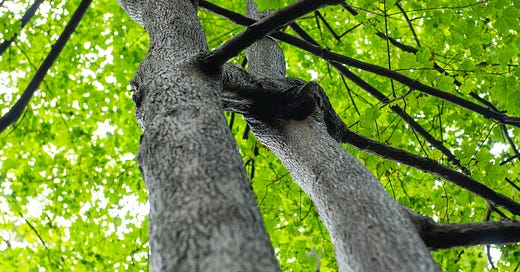


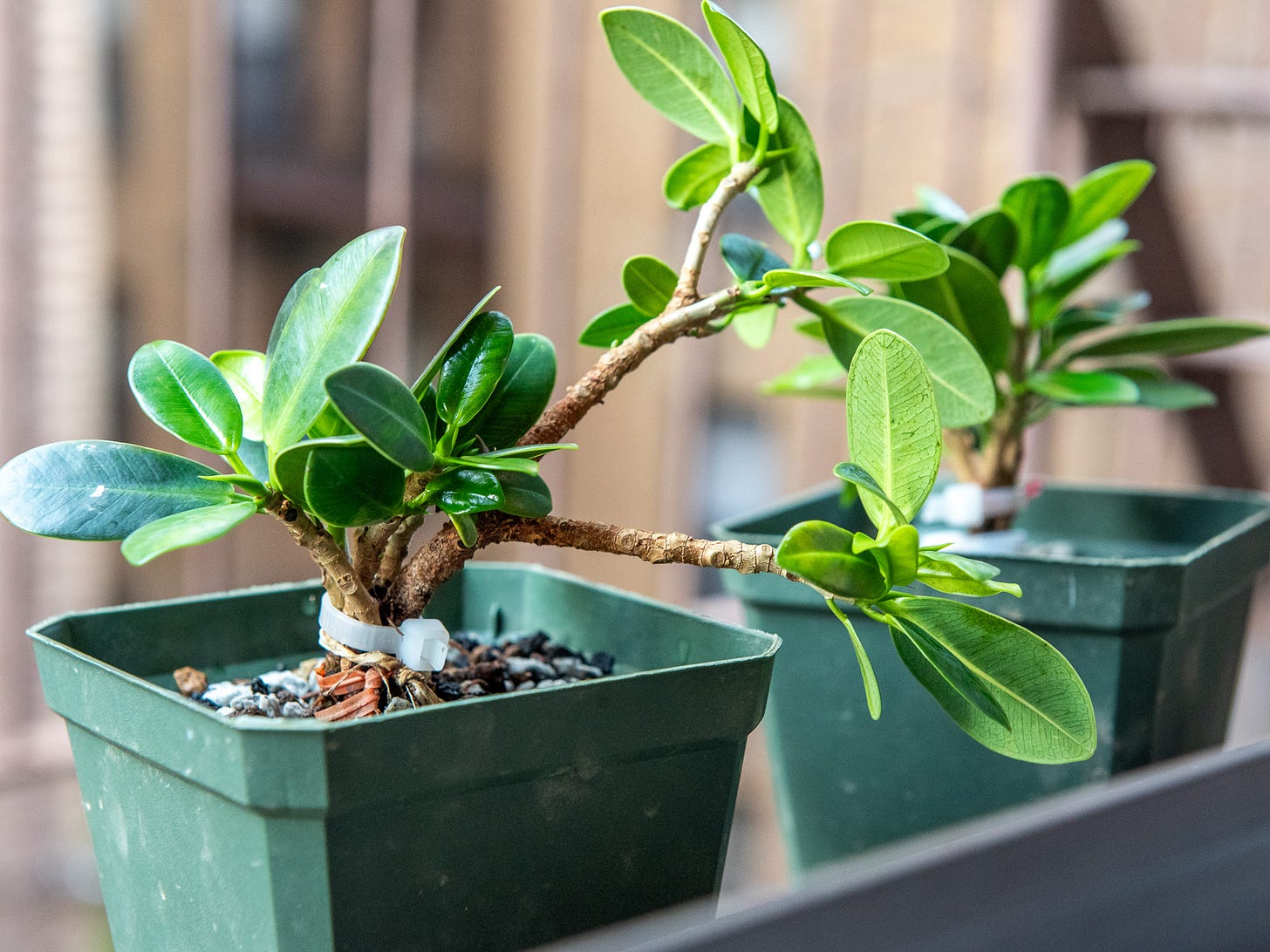
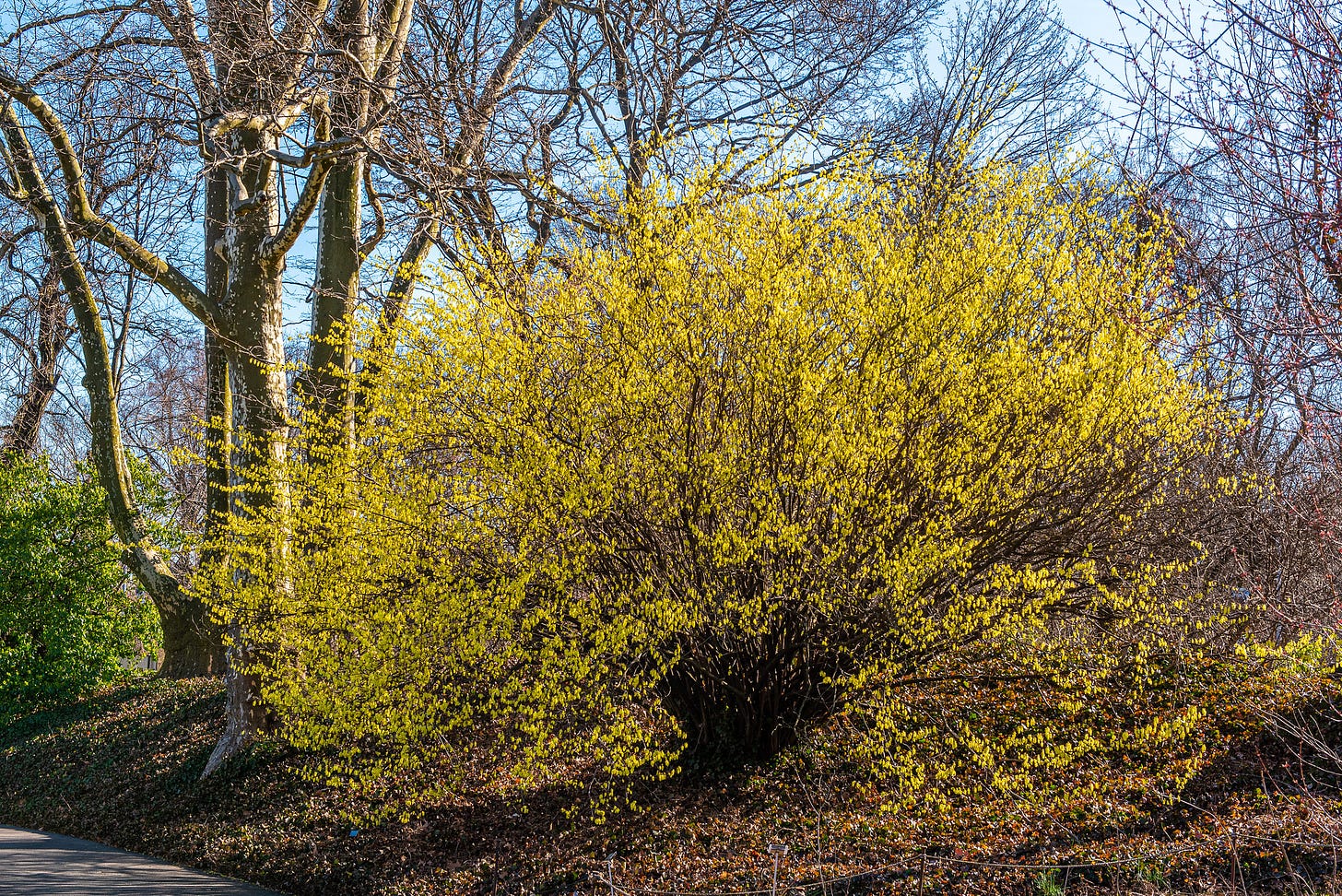
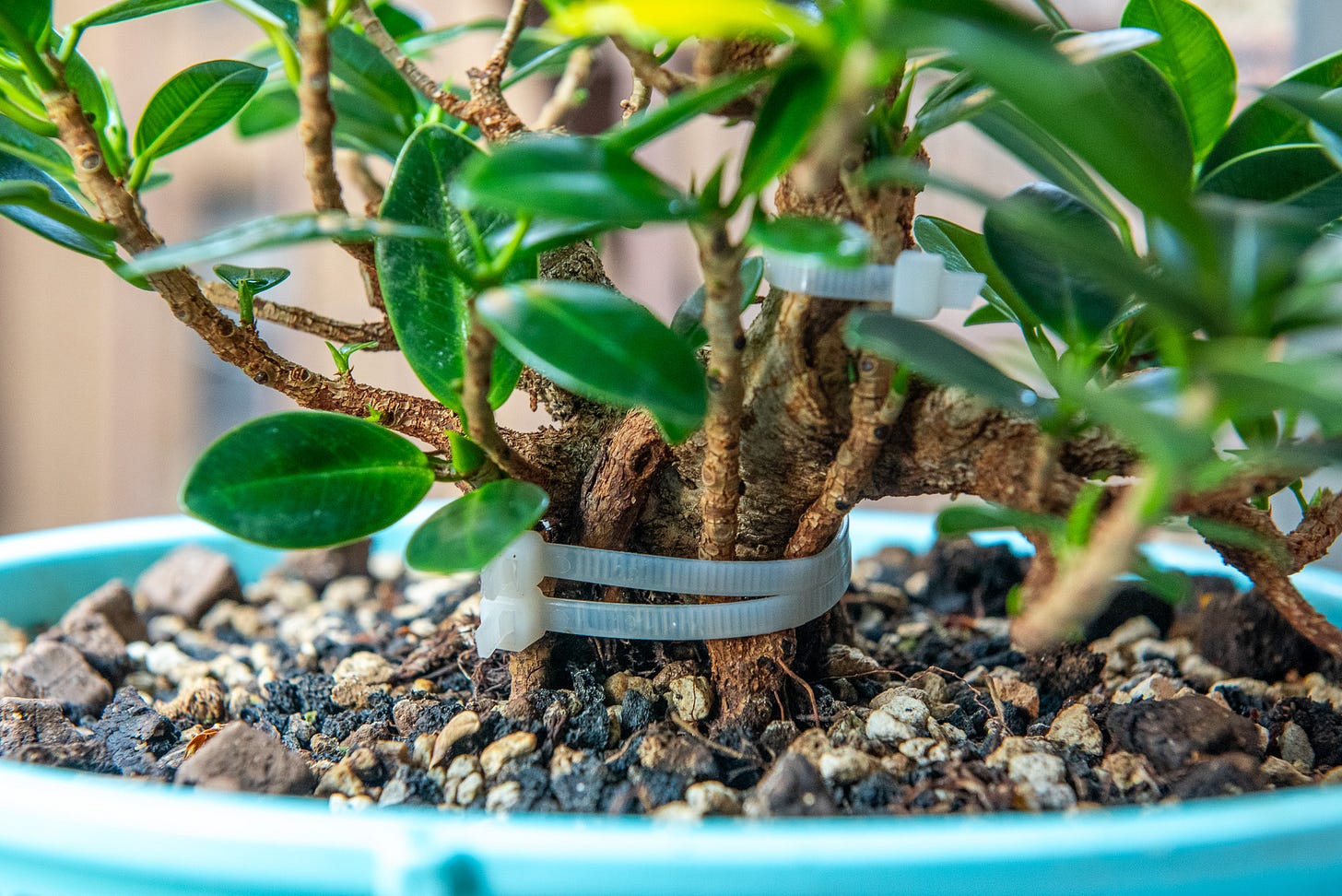
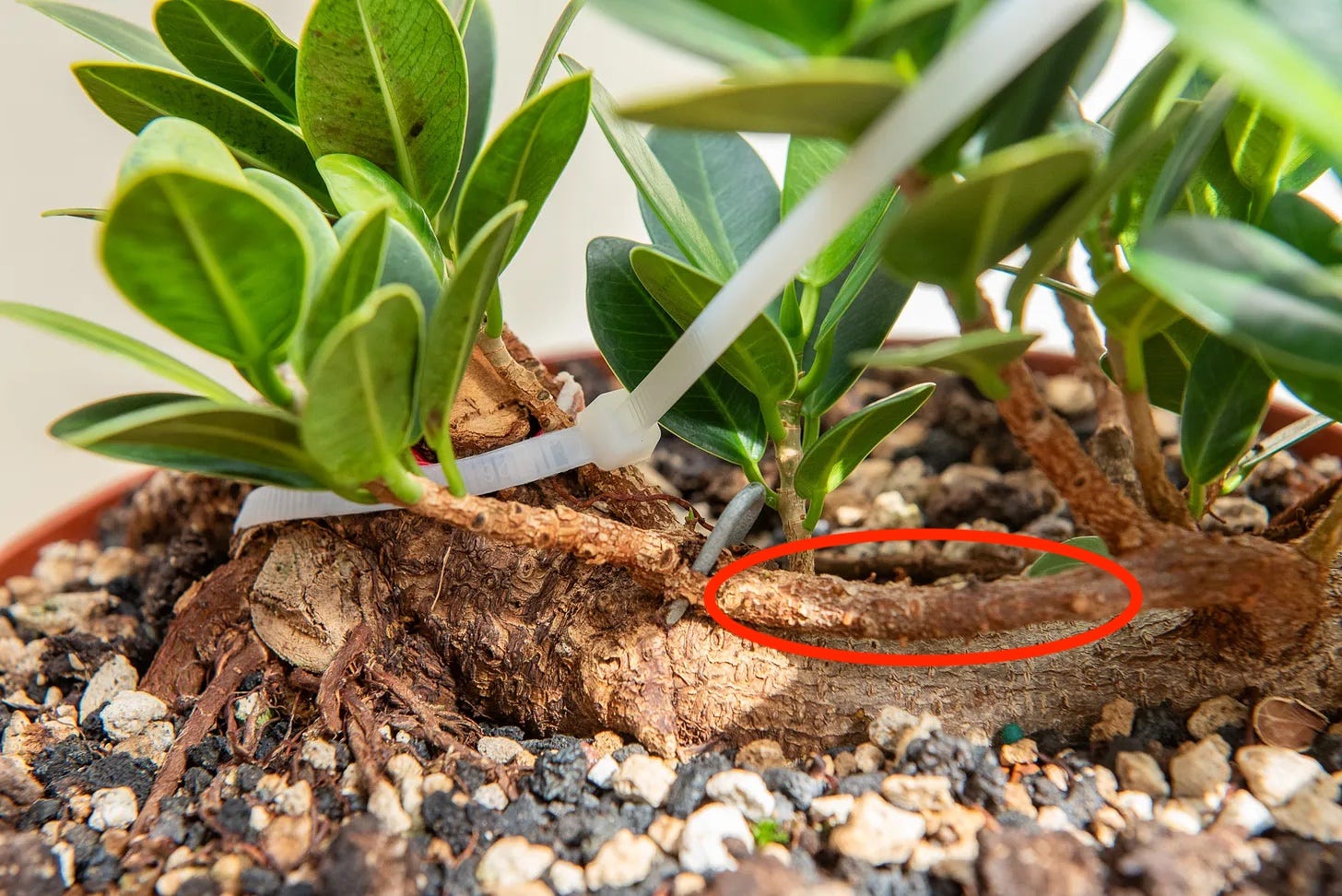


Max, your note about Changelings reminds me of the Hindu teaching atman is brahman - the idea that our individual souls dissolve into the universal soul when we exit the cycle of rebirth. I love reading your observations, they help me think and see in a different way. Thank you.